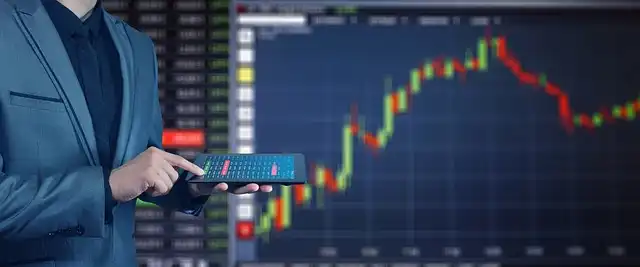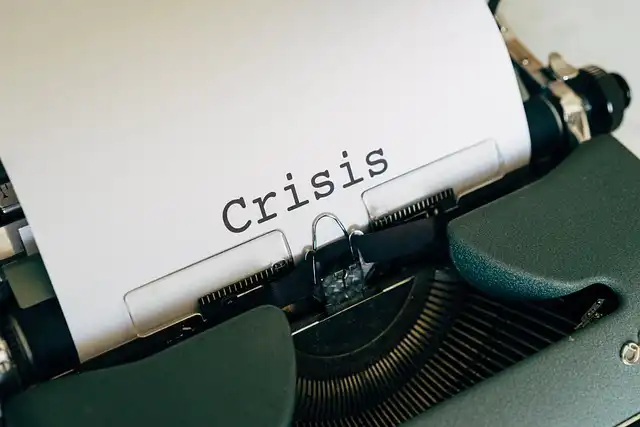
Nike Restructuring: Sports Focus & Revenue Challenges
Nike realigns to focus on sports amid revenue decline. Tariffs & competition impact earnings. Restructuring aims for improved performance & market position. Digital sales decline.

Nike realigns to focus on sports amid revenue decline. Tariffs & competition impact earnings. Restructuring aims for improved performance & market position. Digital sales decline.

Trump reveals a proposed US-China trade deal involving 55% US tariffs, China's mineral exports, and US visa concessions. Agreement builds on prior discussions.

Saks Global navigates tariffs and supply chain challenges, maintaining consumer confidence in the luxury market. Focus on 401k plans and liquidity boost positive outlook. High-end market holds steady.

Retail updates: Walmart's cupcake deal, Reebok's basketball revamp with Jide Osifeso, Boot Barn's new president John Hazen, tariff impacts on Yeti & Mattel, Hudson's Bay's situation and more.

Purple is evaluating strategic options, including a potential sale or merger, amidst economic uncertainty and tariff-related disruptions. CEO Rob DeMartini emphasizes limited product exposure to tariffs.

Consumer sentiment plummeted due to tariff fears and rising inflation expectations, impacting economic outlook. High tariffs, soft data gauges, and potential inflation pose recessionary risks.

US consumer confidence plunges due to tariffs and rising inflation expectations. Economists express recessionary concerns. Tariffs impact economic growth and consumer spending. Key indicators decline sharply.

“When we consider the luxury and fashion markets outside of the US, it’s worth noting that protectionism was already on the rise, and it’s only likely to increase in the short to medium term on the back of the new trade deals and tariffs,” says Roberts, referring to limiting imports in order to boost domestic industries.

Bangladesh has some capacity to absorb the overflow from shifting supply chains, but persistent concerns around labour conditions, safety and political unrest make it a less attractive alternative, according to Vincent Quan, associate professor at the Fashion Institute of Technology (FIT).

During the election, Trump promised lower interest rates — a major consumer concern that some pundits believe influenced the outcome Tuesday — though Saunders noted that rate-setting is not within a U.S. president’s purview.